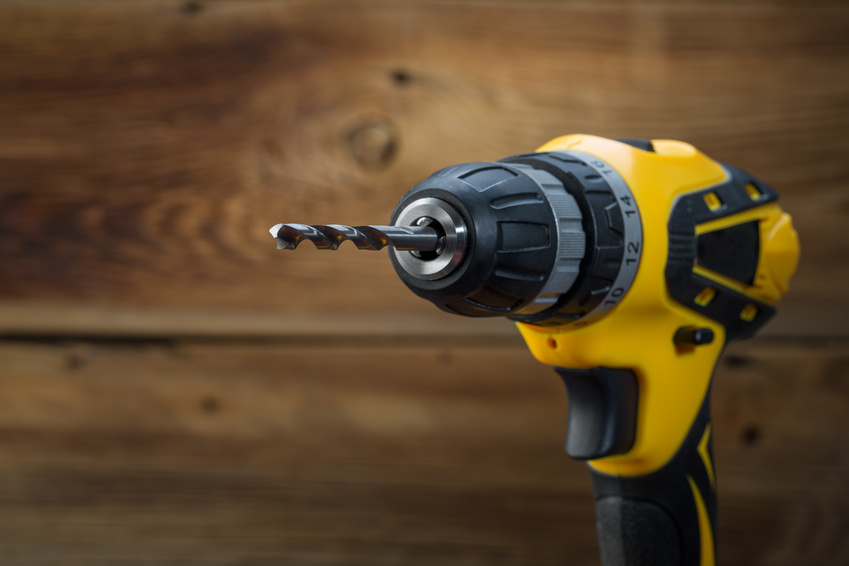An Introduction To Drill Bits: 5 Basic Types For Beginners
Apr 14, 2019

Whether you're a professional in the machining industry or a home hobbyist just starting out, you'll know that your tools are your greatest assets. With so many to choose from -- such as carbide grinders, machinist blocks, and lathe tools -- it can be difficult to get started as a beginner. Rather than worrying about the complexities of a milling machine, let's focus on the basics: drill bits.
Drill bits are cutting tools used to remove material in order to create holes. Since your home project is undoubtedly going to involve this step, you should know what your options are. Here are five of the most common types of drill bits.
- Twist: When you picture a generic drill bit, you're most likely imagining the twist drill bit. It has a wide variety of uses due to its ability to drill in wood, plastic, and light metal. When it comes to home projects, this bit will become your best friend.
- Brad-Point: This bit is designed for boring into wood. The brad at its center allows you to control precisely where the bit is positioned, creating exceptionally accurate hole placement. The flutes (grooves that wrap around the bit and channel away chips and dust) are extra wide so they're able to remove more material.
- Auger: This wood-boring bit can be as long as 18 inches, and are pulled through the workpiece by a screw tip. Because auger drill bits are used for wood, their flutes are larger; a hollow center provides more chip removal and deeper boring, while a solid center is stronger and more rigid.
- Installer: This specialized twist bit was made for installing wiring. Since it's designed for install entertainment or security systems, it can drill through wood, plaster, and some masonry. There is a small hole in the bit that allows you to insert a wire and draw it through the hole you've just bored for easy installation.
- Spade: This very recognizable bit is shaped like its namesake, and is also called the paddle bit. It is designed to bore large-diameter holes (up to one and a half inches) in wood.
Once you start to get the hang of what bit is needed for which project, you'll be able to amass quite the collection. As long as you have a drill bit cabinet for easy access, adapting to new projects will be a breeze. First, the drill bit cabinet; next, the world!

 714.897.1700
714.897.1700
 Chat
Chat
 Email
Email
 Quotes
Quotes
 Quick Order
Quick Order